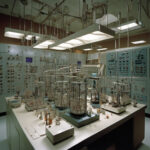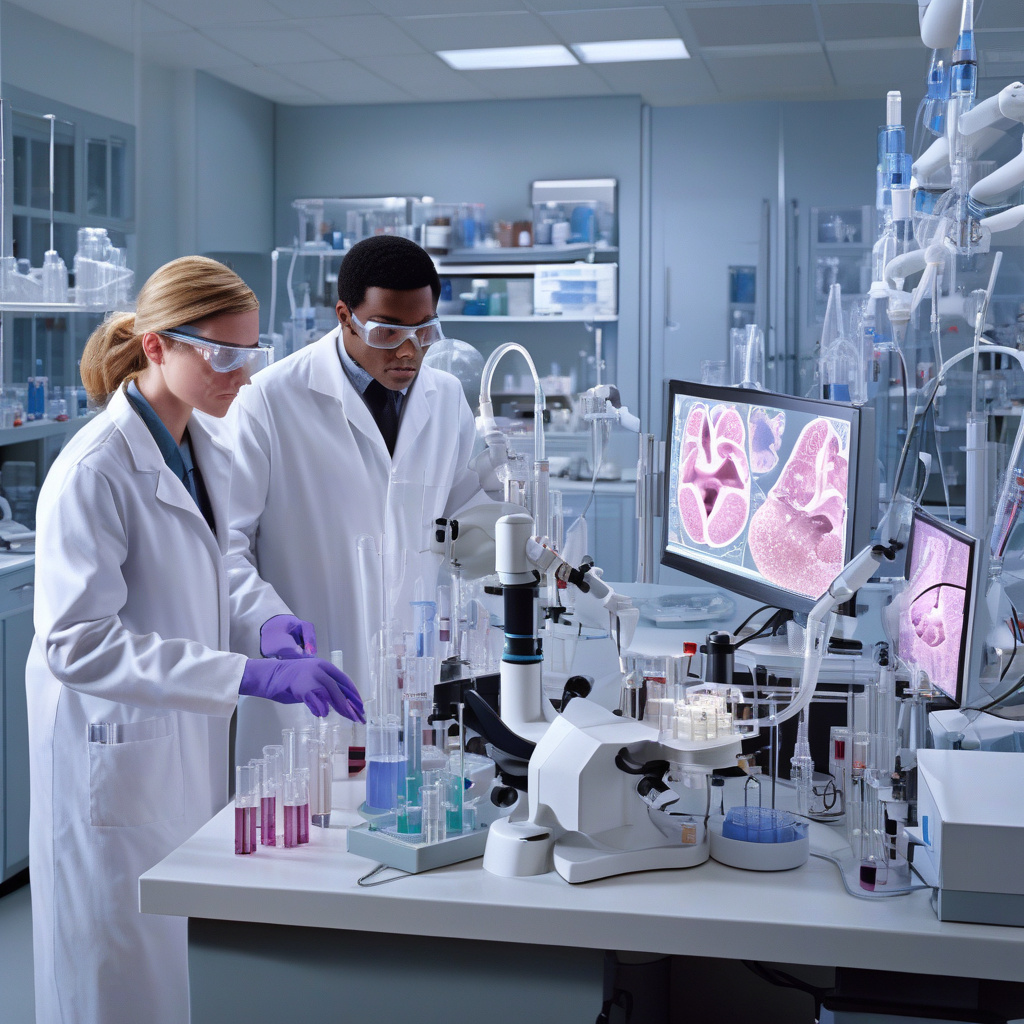Researchers Achieve Breakthrough in Regenerative Medicine: Lung Cells Grown from Mouse Fibroblasts in Just 10 Days
In a remarkable feat of scientific achievement, Japanese researchers have successfully generated lung cells directly from mouse tissue in a record-breaking 10-day process. This groundbreaking development in regenerative medicine holds immense promise for the future of organ transplantation and personalized medicine.
The lung cells, derived from mouse fibroblasts, represent a significant advancement in the field of regenerative medicine. Fibroblasts are abundant cells found in connective tissue that play a crucial role in wound healing and tissue repair. By reprogramming these cells into lung cells, researchers have overcome a major hurdle in the quest to generate functional lung tissue for transplantation.
The innovative technique used by the researchers involves a process known as cellular reprogramming. This method allows scientists to reset the cellular identity of fibroblasts, coaxing them to develop into specialized lung cells. By carefully manipulating the cellular environment and introducing specific genetic factors, the researchers were able to guide the fibroblasts through a rapid transformation into functioning lung cells.
One of the key advantages of this approach is the speed at which the lung cells can be generated. Traditionally, the process of generating specialized cells from fibroblasts can take weeks or even months. However, by refining their reprogramming technique, the Japanese researchers were able to condense the timeline to just 10 days. This accelerated timeline not only increases the efficiency of the process but also reduces the risk of genetic abnormalities or cellular senescence that can occur with prolonged cell culture.
The implications of this research are far-reaching. The ability to generate lung cells from fibroblasts in a matter of days opens up new possibilities for personalized medicine and regenerative therapies. For patients in need of lung transplants, this breakthrough could mean faster access to lifesaving treatment options. Additionally, the rapid generation of lung cells paves the way for more efficient drug screening and disease modeling in the lab.
While the current study focused on mouse fibroblasts, the researchers are optimistic about the potential for translating their findings to human cells. By further refining their reprogramming techniques and exploring the use of human-derived fibroblasts, the researchers aim to unlock the full therapeutic potential of this technology for human patients.
As we look to the future of regenerative medicine, breakthroughs like the rapid generation of lung cells from fibroblasts serve as a testament to the power of scientific innovation. By pushing the boundaries of what is possible in the lab, researchers are paving the way for new treatments, therapies, and cures that have the potential to transform the field of medicine as we know it.
In conclusion, the successful generation of lung cells from mouse fibroblasts in just 10 days represents a major milestone in regenerative medicine. This achievement not only showcases the incredible potential of cellular reprogramming techniques but also highlights the promise of personalized medicine and organ regeneration. With further research and refinement, the rapid generation of lung cells could revolutionize the treatment of respiratory diseases and pave the way for exciting new advancements in the field of regenerative medicine.
research, regenerative medicine, lung cells, fibroblasts, breakthrough











